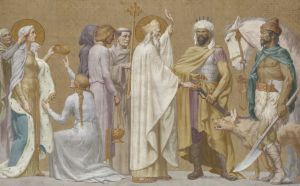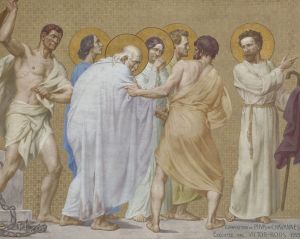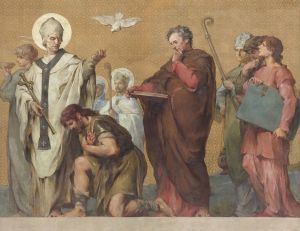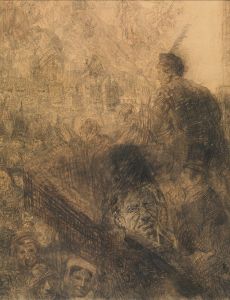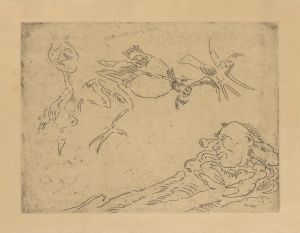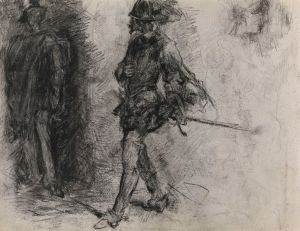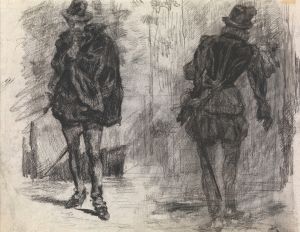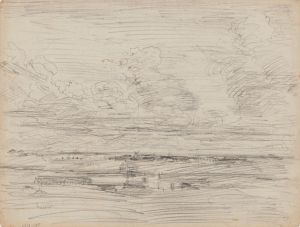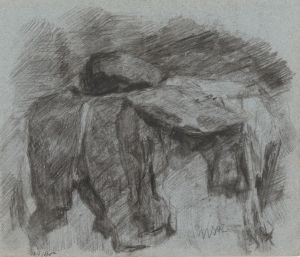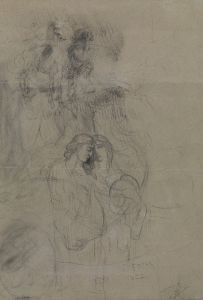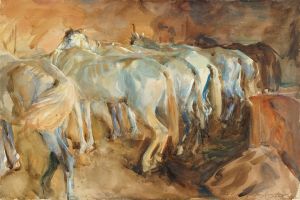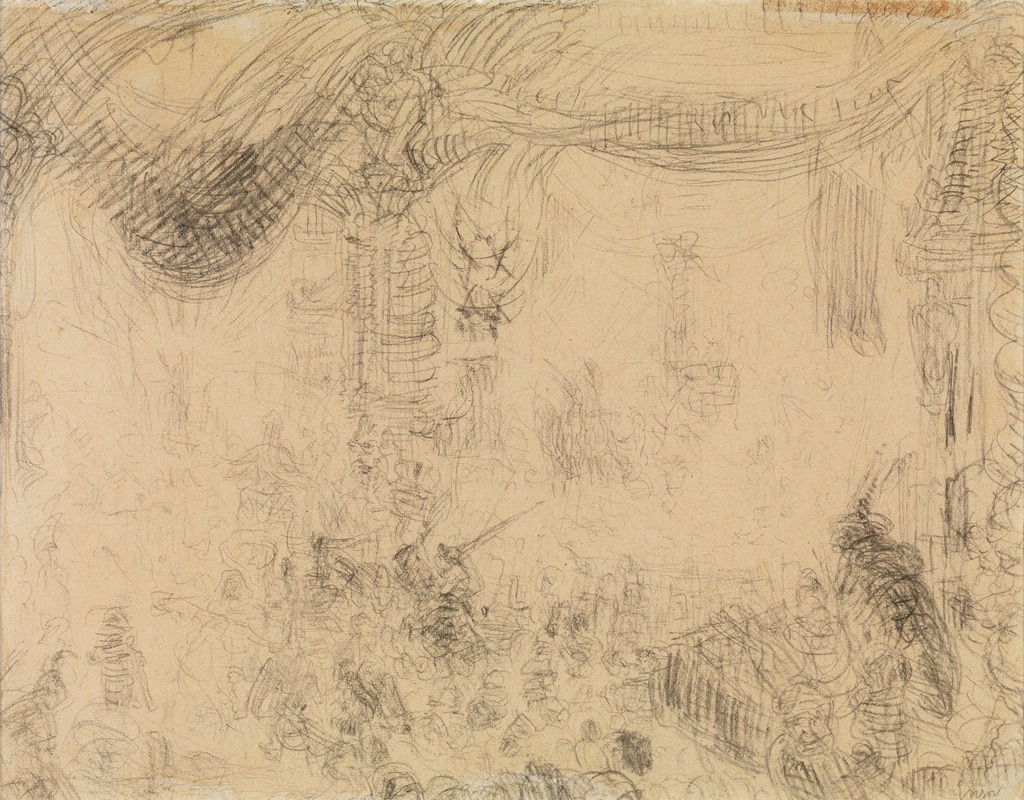
Christ shown to the People and Christ’s Entry into Jerusalem
A hand-painted replica of James Ensor’s masterpiece Christ shown to the People and Christ’s Entry into Jerusalem, meticulously crafted by professional artists to capture the true essence of the original. Each piece is created with museum-quality canvas and rare mineral pigments, carefully painted by experienced artists with delicate brushstrokes and rich, layered colors to perfectly recreate the texture of the original artwork. Unlike machine-printed reproductions, this hand-painted version brings the painting to life, infused with the artist’s emotions and skill in every stroke. Whether for personal collection or home decoration, it instantly elevates the artistic atmosphere of any space.
James Ensor, a prominent Belgian painter and printmaker, is known for his unique and often provocative style that blends elements of symbolism, expressionism, and surrealism. Among his notable works is the painting "Christ's Entry into Brussels in 1889," which is sometimes confused with or referred to in conjunction with "Christ shown to the People." However, it is important to clarify that "Christ's Entry into Brussels in 1889" is the more recognized piece, and there is limited information available specifically about a work titled "Christ shown to the People" by Ensor.
"Christ's Entry into Brussels in 1889" was completed in 1888 and stands as one of Ensor's most significant and controversial works. The painting is a large-scale oil on canvas, measuring approximately 99.5 by 169.5 inches (252 by 430 cm). It depicts a chaotic and satirical procession through the streets of Brussels, with Christ at the center, riding on a donkey. The scene is crowded with grotesque and caricatured figures, including politicians, clergy, and members of the bourgeoisie, all rendered in Ensor's distinctive style.
The painting is a critical commentary on contemporary society and politics, reflecting Ensor's disdain for the social and political climate of his time. The work is imbued with a sense of irony and absurdity, as Christ, a symbol of humility and spiritual purity, is juxtaposed against the backdrop of a frenzied and superficial crowd. This stark contrast highlights the moral and ethical decay Ensor perceived in society.
Ensor's use of vibrant colors, exaggerated forms, and intricate details contributes to the painting's dynamic and unsettling atmosphere. The composition is dense and overwhelming, drawing the viewer's eye across the canvas in a whirlwind of activity. The figures are depicted with exaggerated facial expressions and distorted features, emphasizing the grotesque nature of the scene.
"Christ's Entry into Brussels in 1889" was initially met with resistance and criticism, as its provocative subject matter and unconventional style challenged the artistic norms of the time. However, it has since been recognized as a masterpiece of modern art and a precursor to later movements such as expressionism and surrealism. The painting is housed in the J. Paul Getty Museum in Los Angeles, where it continues to captivate and provoke audiences with its bold and unflinching portrayal of society.
Ensor's work, including "Christ's Entry into Brussels in 1889," remains influential for its innovative approach and its ability to convey complex social and political messages through art. His legacy endures as a testament to the power of art to challenge, critique, and inspire change.





